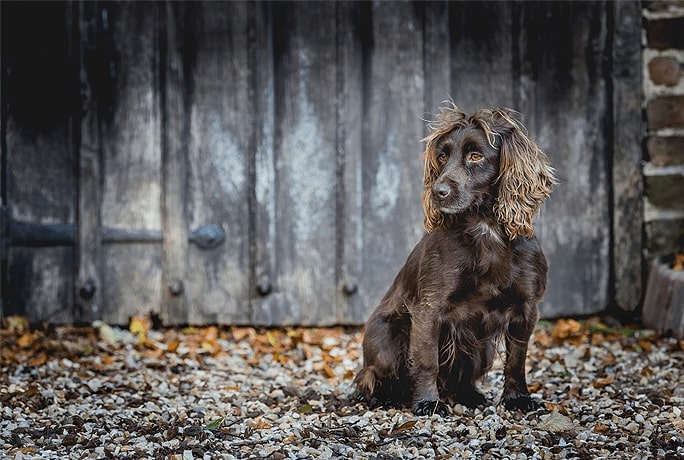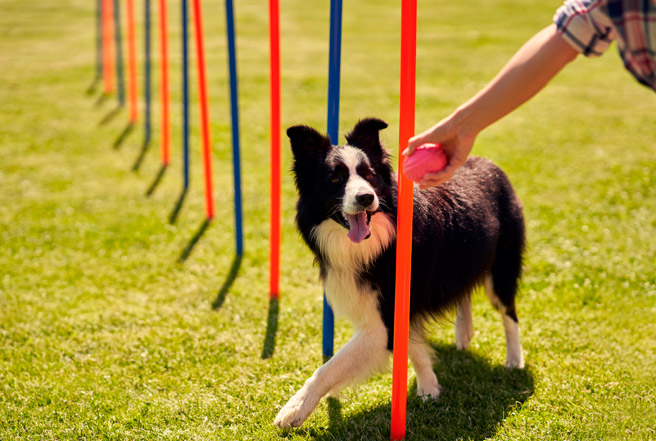What causes anal gland issues in dogs?
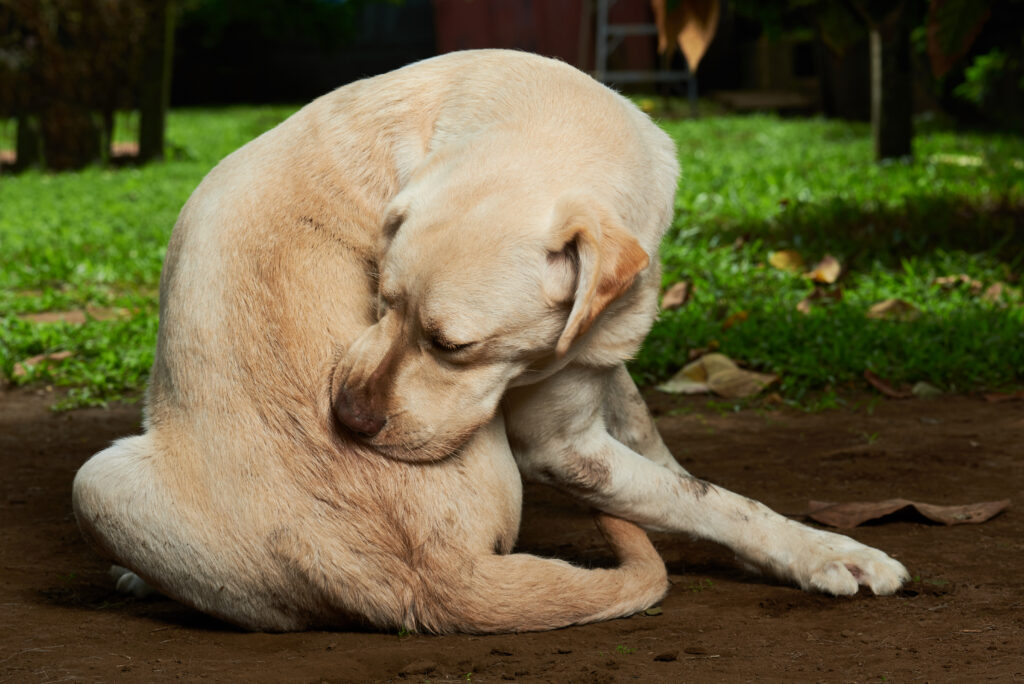
Written by Zoe Russell, BSc (Hons)
Nutrition Officer, Skinner’s
Let’s talk about your dog’s anal glands. Now this isn’t a subject that is particularly nice to discuss, but it is an important one. Whilst issues around this area are rare, problems can still occur and it is important that you know how to spot the signs and know how to help prevent issues arising…
What are anal glands?
Situated below the anus on either side are small sacs called anal glands. Each one has a small opening just inside the anus which allows them to empty as the dog passes stools through the digestive system and out of the body. The fluid produced by the glands is a strong-smelling, oily, brown colour that is essential for territory marking and for communication with other dogs.
How do dogs empty their anal glands?
As stools pass through the digestive system, this puts pressure on the glands and naturally expels them as they “empty their bowels”. This can sometimes be indicated by an oily sheen over the faeces, as well as a strong smell, which can be a sign they have been expelled.
It is not only faeces that help to do this, as sudden fright, stress, or fear can cause them to be quicky emptied too. Your four-legged friend may have experienced this in a veterinary waiting room or after a stressful encounter with another dog.
Why do problems occur?
If their diet is low in certain fibres that would normally help “bulk” the stools, then the stools can become soft. Furthermore, if they have had a bought of diarrhoea or constipation, this could also impact on anal gland health; they can become full and the ducts can become blocked.
It’s not just this that can have an impact. For some, fluid is retained as a result of their structure and the dog’s overall conformation. It is often more common to see these issues in small breeds than it is large breeds; while some simply produce more fluid than others.
In some cases, the fluid will become dry and begin to harden which can cause impaction of the glands, leading to infection and even abscesses in extreme cases. This can become very painful, so it is important to seek early veterinary intervention.
Seeing the signs of anal gland issues
Although most healthy dogs rarely experience these issues, those with problems may show some characteristic signs including licking or biting the base of their tail, “scooting” their bottom along the floor, tail chasing, sitting unusually, straining to go to the toilet or squatting without passing stools. Other signs can include swelling around the anus, or dark, thick fluid coming from the glands as well as a distinctive “fishy” smell.
If you’re concerned, seek veterinary support
If you are concerned about your dog’s health, then it is important to speak with your vet as soon as possible.
It is important that you do not try to expel the anal glands yourself and instead seek help from a trained professional, unless you have had proper training.
Once you have spoken with your vet, they may suggest a few ways you can help support them such as encouraging regular exercise and feeding a diet that promotes firm stools. Furthermore, increasing the fibre content in their diet by adding fibrous carbohydrates such as raw vegetables can also be beneficial, although it is important to speak with your vet about this to avoid unbalancing the diet.
How can Skinner’s help?
Our customers have described several of our Field & Trial diets as being useful in such situations including our Muesli Mix, Grain Fee Chicken & Sweet Potato, Lamb & rice
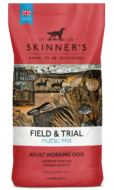
Muesli Mix
An appetising mix of tastes and textures.
£8.10 – £28.49
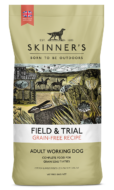
Grain Free Chicken & Sweet Potato
Complete food for grain sensitives.
£13.95 – £55.69
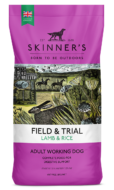
Lamb & Rice
Made with British lamb & easy to digest.
£10.40 – £41.19
If you have any questions about their diet or our foods, then please don’t hesitate to contact our nutrition team at nutritionsupport@skinners.co.uk.

